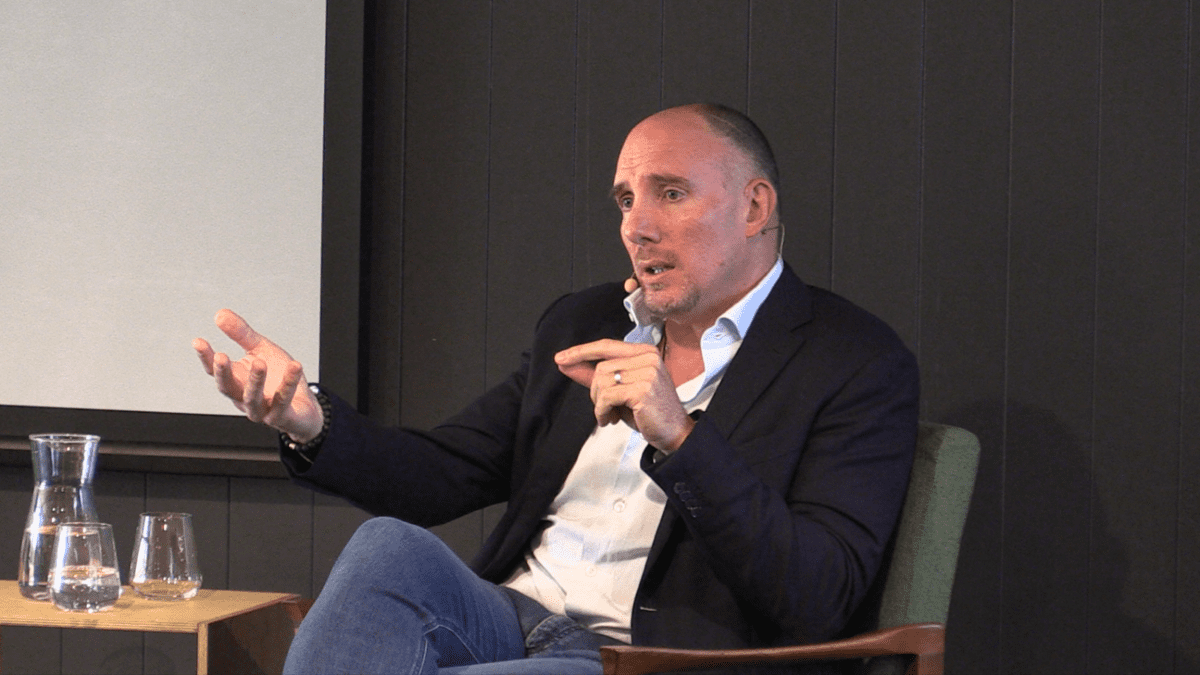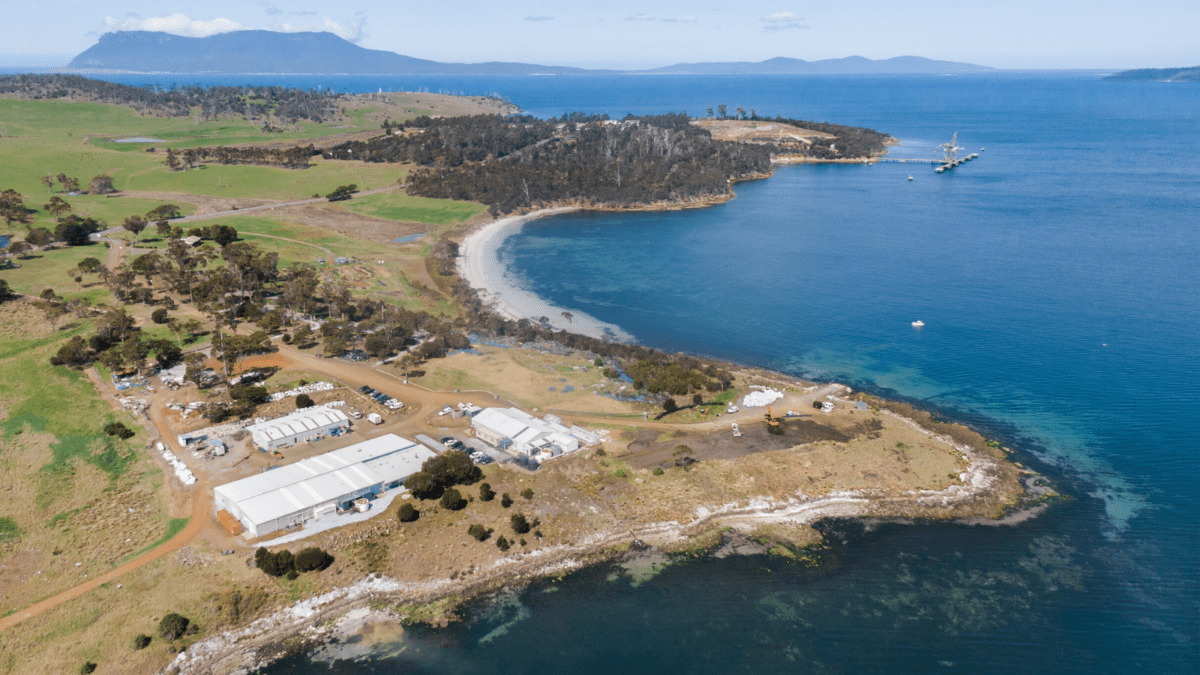Supply/demand imbalance means lithium price has nowhere to go but up: Analysts
With lithium demand expected to outstrip supply in the years to come as electric vehicle (EV) uptake surges, the metal’s price is likely to stay elevated for many years and should soon recover recent losses, according to commentators.
Lithium is an important element for the creation of renewable energy given its use in lithium-ion batteries, which are used to power EVs and to store energy generated from renewable sources such as solar and wind power. As more countries move towards net-zero carbon emissions and clean energy targets, the demand for lithium is expected to soar, which will push up its price, even as supply increases.
The International Energy Agency has forecast that total EV sales will surpass 20 million in 2025 and 40 million in 2030, representing over 20 per cent and 30 per cent of all vehicle sales, respectively. If a net-zero carbon emissions target is achieved by 2030, sales of EVs would need to more than double from 2025 levels (see chart).

“In order to reach these EV targets, so we can reach these carbon dioxide emission targets, we are going to need a lot more battery-grade lithium than the whole world is producing today many, many times over every year,” says Shane Langham, a senior private wealth adviser with Sequoia Wealth and author of the Charting Wisdom technical analysis report.
“When the supply and demand equation is so lopsided, where demand is multiples the size of the supply, price can do only one thing, and that is rise,” Langham said.
EV battery production accounted for nearly 80 per cent of all lithium use in 2022, according to Australia’s Office of the Chief Economist (OCE). That proportion is expected to rise to 90 per cent by 2028, as EV prices fall and uptake increases.
Demand to keep rising
According to a March 2023 quarter report from the OCE, global lithium demand will reach 989,000 megatons of lithium carbon equivalent in 2023, above the 964,000 mt of production expected this year. That supply deficit is expected to persist until 2027 when production will outpace global lithium demand.
With demand so strong, lithium hydroxide prices are forecast to rise to US$61,520/mt in 2023 from US$44,090/mt in 2022, but then ease to US$36,220/mt by 2028, the OCE said. In 2022-23, Australia’s export earnings from lithium are forecast to more than triple to $18.6 billion from $5.3 billion in 2021-22.
From a charting perspective, Langham expects lithium prices to rise from their current lows after a sharp drop early in the year on concerns of greater supply. “Given we have seen the price for lithium drop 72 per cent as at April 27 from the high in November 2022, this, to me, looks like not just a good opportunity but a great opportunity to buy into weakness for a very bright future to 2030 and beyond.”
Emanuel Datt (pictured), managing director of fund manager Datt Capital, also expects the lithium price to gain, supported by governments worldwide adopting policies encouraging EV adoption and the transition to renewable energy. This will result in a short supply of raw lithium and, Datt expects, more takeover activity among lithium producers.
“This has resulted in corporate interest from major lithium players in local Australian companies holding proven lithium deposits,” Datt says.
“Albermarle’s posited takeover for Liontown Resources is an example of this, and we have seen Mineral Resources spoil IGO’s bid for Essential Metals. This may bode well for future investment returns within the lithium sector for investors.”
Experts at investment bank UBS believe lithium prices could bounce later this year and beyond thanks to rising demand from China, where most EV batteries are made. UBS’s key picks in the lithium sector include Pilbara Minerals and IGO, with buy ratings on both companies. UBS has a neutral rating on Mineral Resources, Liontown Resources and Albemarle Corp.
“With some chemical prices potentially having bottomed ‘for now’, there may be upside to our FY2024-25 forecast,” UBS analyists said in a research report after visiting Albemarle’s Western Australian lithium mines.
“Markets looked largely balanced in the short-to-medium term given some Chinese supply may have come out on costs, Western Australian hard rock projects seeing some downgrades and the potential for further delays in WA ramp-up. These factors could (re)tighten the market quickly.”









